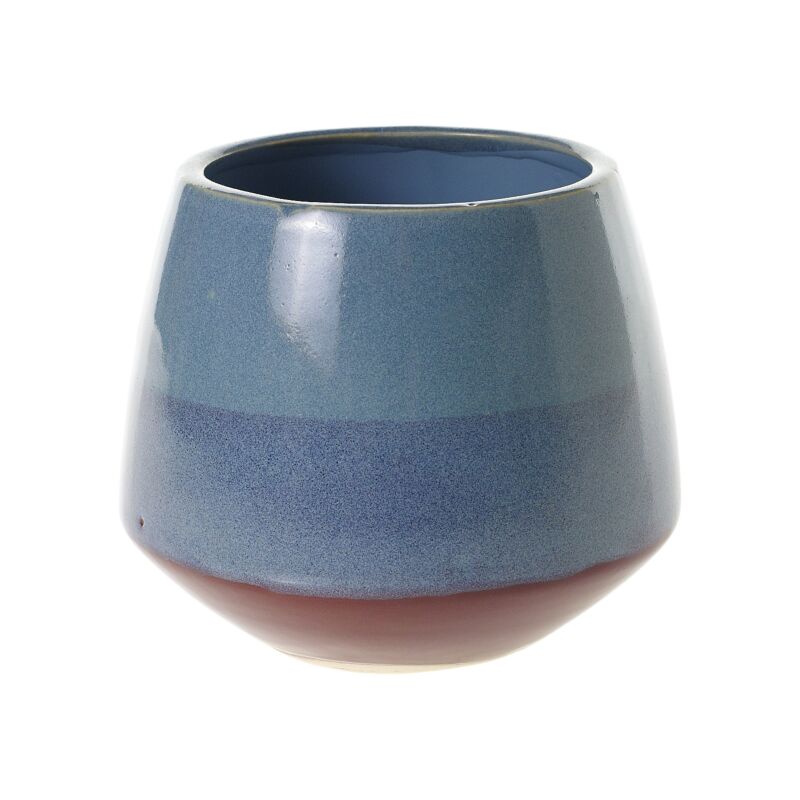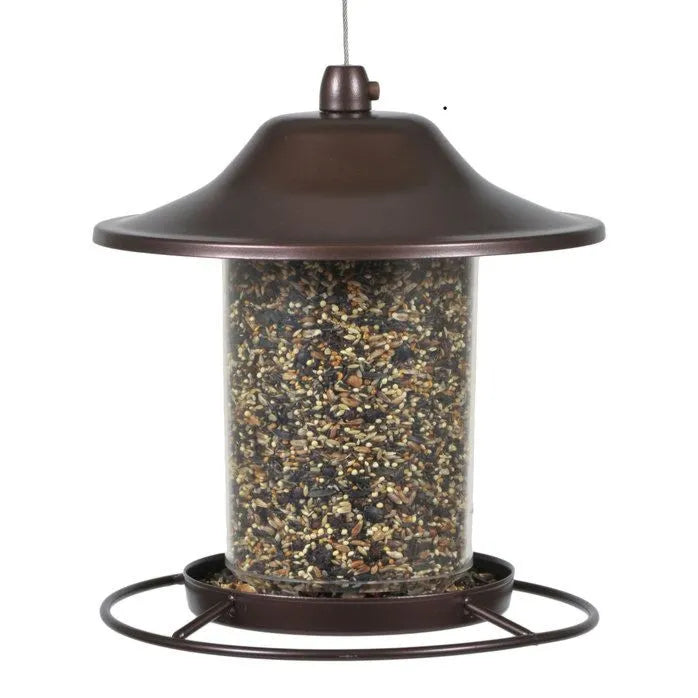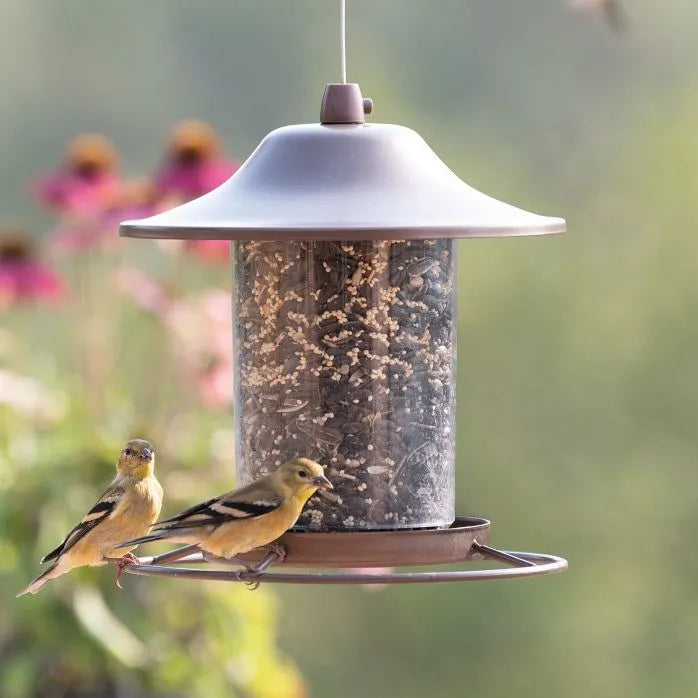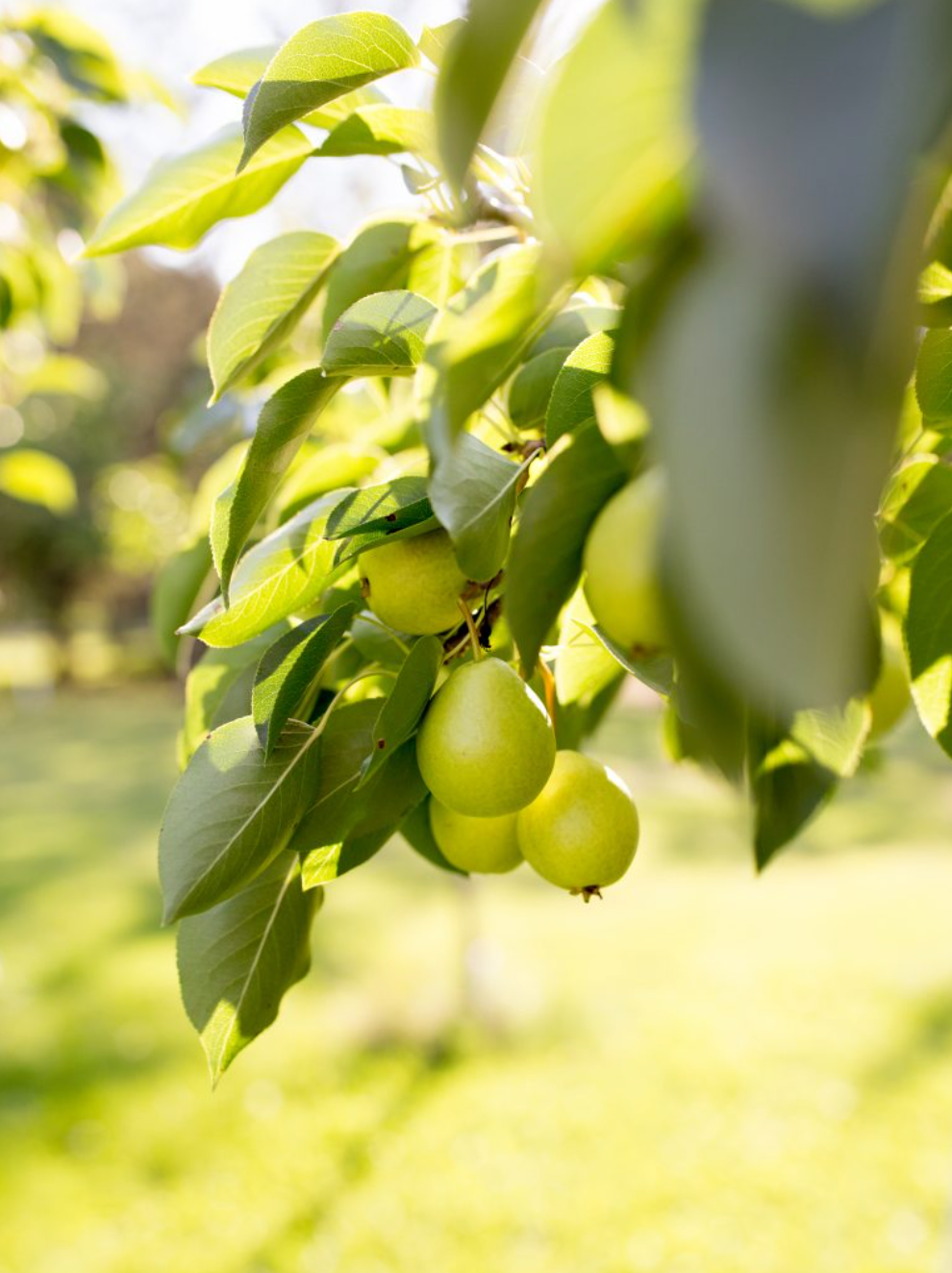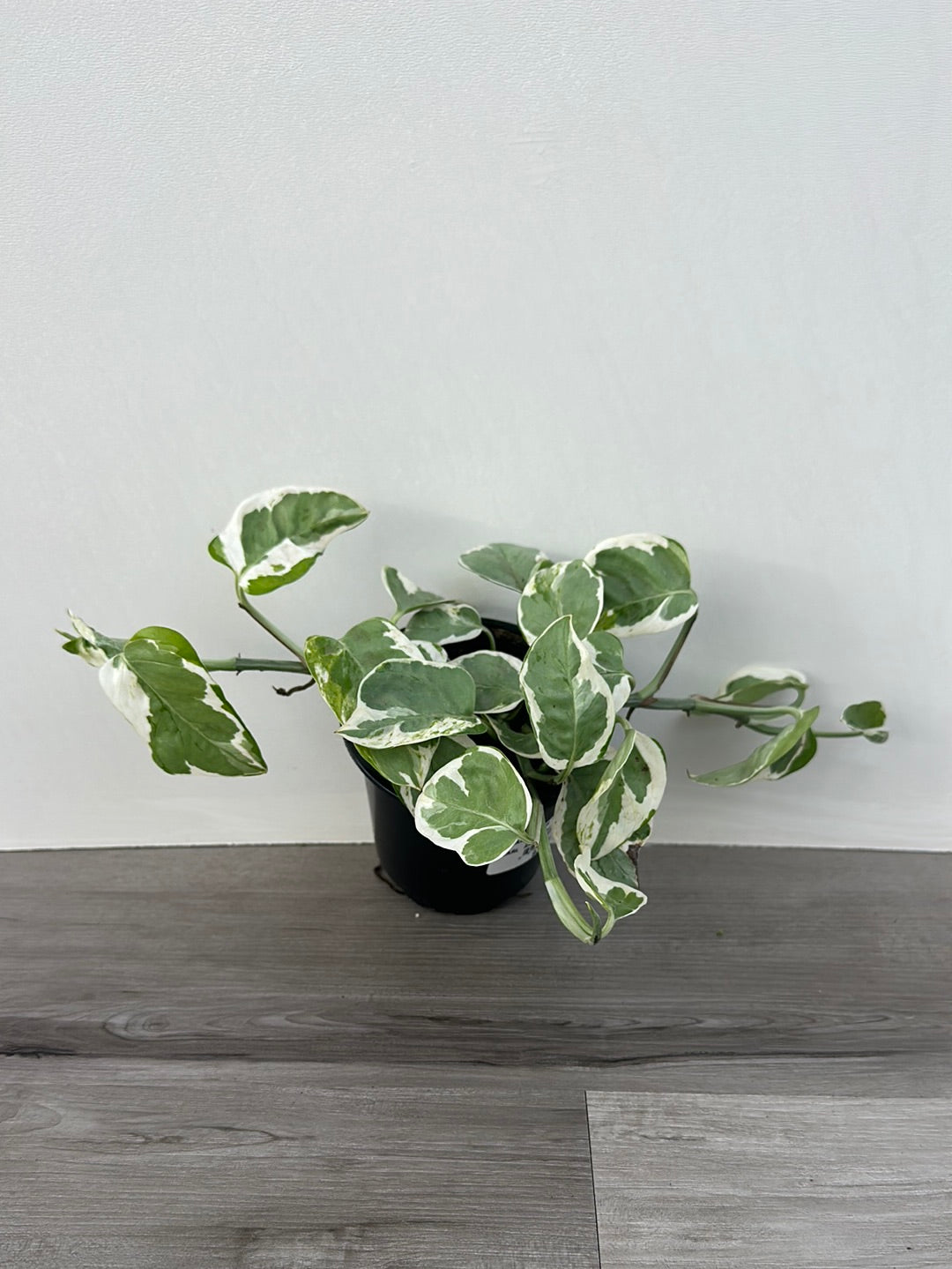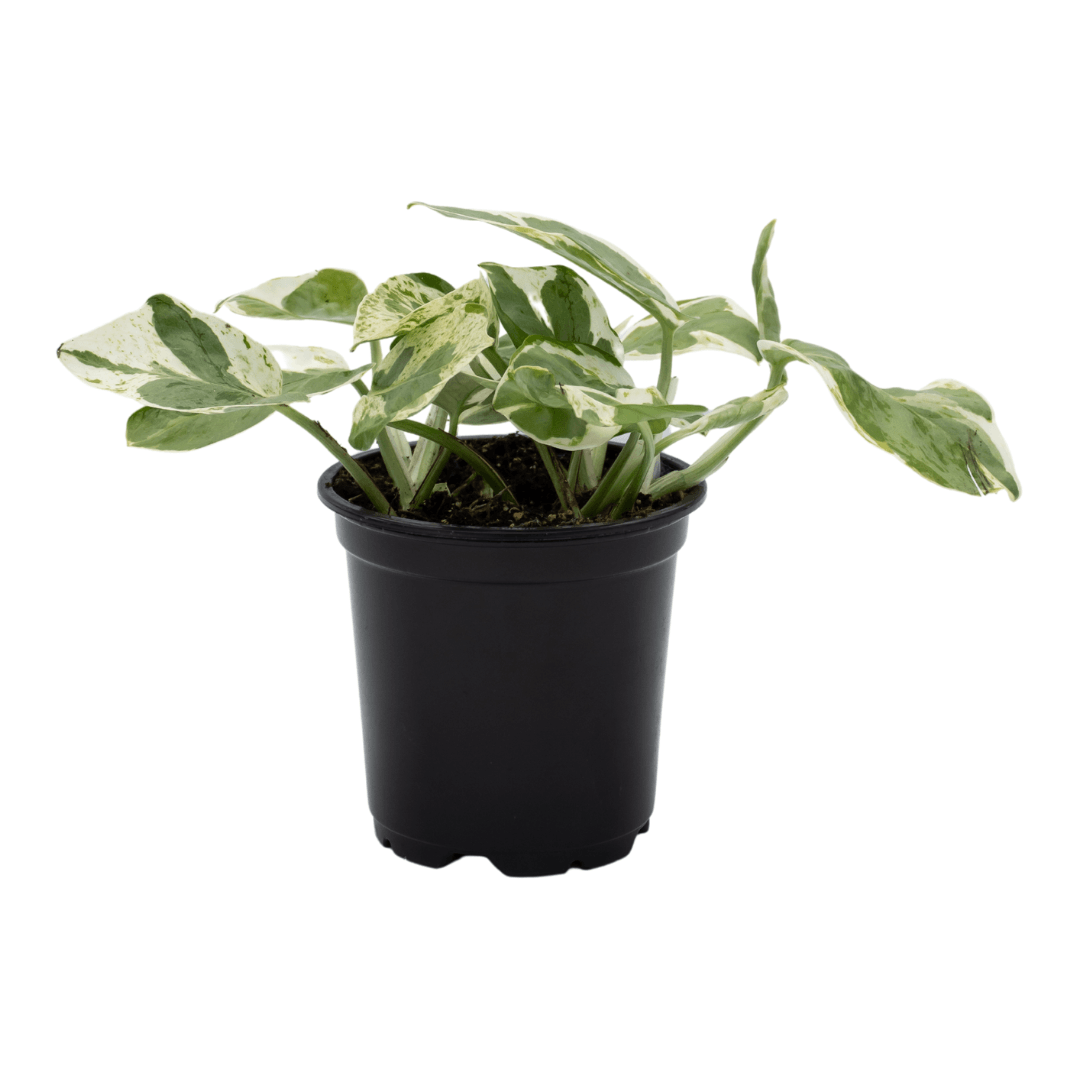1186 products
1186 products
Sort by:
Products
Shamrock Iron Cross is a charming plant admired for its distinctive foliage and delicate flowers. It is commonly referred to as the "Iron Cross" due to the unique marking on its leaves resembling a cross.
Light Requirement: Shamrock Iron Cross thrives in bright, indirect light but can tolerate partial shade. Avoid exposing it to direct sunlight for extended periods, as this can scorch its foliage.
Watering Requirement: Keep the soil consistently moist but not waterlogged. Water thoroughly when the top inch (2.5 cm) of soil feels dry to the touch. Ensure proper drainage to prevent root rot.
Mature Height: Shamrock Iron Cross typically grows to a height of 6 to 8 inches (15 to 20 cm), forming a compact mound of foliage. Regular pinching back of stems can help maintain its compact shape and encourage bushier growth.
October 16th: 6:00PM to 8:00PM
Discover the joy of watercolour painting with artist Lisa from Whitehouse Art! In this guided workshop, you’ll learn how to sketch your subject and build layers of color to create a beautiful, finished piece.
Date: October 16th
Time: 6:00 PM - 8:00 PM
Location: van der Meer Garden Centre
Design: Hedgehog
No prior experience or artistic background is needed—this workshop is perfect for beginners. All supplies will be provided.
Unwind, get creative, and leave with your very own watercolour masterpiece!
Little Leaf Coffee and Tea will be available to keep you cozy while you paint.
Please book your spot on our website or in-store.
Workshop deposits are non-refundable.
November 13th: 6:00PM to 8:00PM
Discover the joy of watercolour painting with artist Lisa from Whitehouse Art! In this guided workshop, you’ll learn how to sketch your subject and build layers of color to create a beautiful, finished piece.
Date: November 13th
Time: 6:00 PM - 8:00 PM
Location: van der Meer Garden Centre
Design: Penguins
No prior experience or artistic background is needed—this workshop is perfect for beginners. All supplies will be provided.
Unwind, get creative, and leave with your very own watercolour masterpiece!
Little Leaf Coffee and Tea will be available to keep you cozy while you paint.
Please book your spot on our website or in-store.
Workshop deposits are non-refundable.
December 3: 6:00PM to 8:00PM
Discover the joy of watercolour painting with artist Lisa from Whitehouse Art! In this guided workshop, you’ll learn how to sketch your subject and build layers of color to create a beautiful, finished piece.
Date: December 3rd
Time: 6:00 PM - 8:00 PM
Location: van der Meer Garden Centre
Design: Chickadee
No prior experience or artistic background is needed—this workshop is perfect for beginners. All supplies will be provided.
Unwind, get creative, and leave with your very own watercolour masterpiece!
Little Leaf Coffee and Tea will be available to keep you cozy while you paint.
Please book your spot on our website or in-store.
Workshop deposits are non-refundable.
The Perky-Pet® Bronze Panorama Bird Feeder is sure to attract many birds to your backyard, including cardinals, titmice, nuthatches and more. The innovative design of this feeder allows the seed to dispense into the tray and stops dispensing once the tray is full. Simply fill with sunflower seed, mixed seed, or any other kind of bird seed. Then, as the birds dine from the circular perch, the seed is replenished into the tray so it remains consistently full.
Bird seed sold separately.
Vibrant flowers; fantastic in the garden or bouquets. Attractive with veronica and campanula, and later-blooming plants such as coreopsis, rudbeckia or Russian sage–to fill in when the poppy foliage goes dormant in summer.
Light Requirement: Full Sun
Height: 18 - 24"
Spread: 18 - 24"
Photos and data courtesy of Ball Seed.
Parlsey is best used for cooking as it withstands heat and retains its flavor.
Curled parsley lightly easier to grow in a garden, has similar taste to Italian however it is more difficult to cook with due to the compact leaves. Most commonly found as a garnish.
Light Requirement: Full Sun
Mature Size:
- Height: 15 - 18"
- Width: 12 - 18"
Photos and Data Courtesy of Ball Seed & McKenzie Seeds
Curled Parsley produces fine foliage. The dense, closely curled, parsley grows to a very dark green. It makes for an excellent choice for flavoring soups, salads, and stews. This biennial herb is also a great option for a garnish, and is very good for freezing.
Light Requirement: Full Sun
Mature Size:
- Height: 15 - 18"
- Width: 12 - 18"
Photos and Data Courtesy of Ball Seed
Parsley Pea seeds produce tendrils that are unique and delicious. Technically a snap pea, this curious pea is more often grown for its edible tendrils, leaflets, and flowers. Harvest whole plants when they are 15-20cm (6-8") tall or cut above the first node and get a second flush of growth. Plants will produce snap peas at about 60 days on 1m (3') tall vines if not harvested for greens. Try growing Parsley Peas in a 5-gallon patio container or in flower boxes, and harvest the fresh tendrils as needed. They make a fresh and crunchy addition to salads and sandwiches.
Matures in 24-60 days. (Open-pollinated seeds)
Pyrus Ussurian Jefgold 'Early Gold'
A hardy pear tree with white flowers in spring, good fall colour and oval shape; small high quality greenish fruit is good for fresh eating. Self-pollinating but increased production with a pollinator and resistant to fireblight.
Light Requirement: Full Sun
Mature Size:
- Height: 20' - 25'
- Width: 18' - 20'
Zone: 2
The Krazulya Pear Tree is a cold-hardy, disease-resistant variety that produces sweet, juicy pears with golden-yellow skin. It has a compact, upright growth, making it ideal for smaller spaces. This self-pollinating tree is perfect for cooler climates and provides abundant harvests of aromatic fruit in just a few years.
Light Requirement: Full Sun
Mature Size:
- Height: 35'
- Width: 20'
Zone: 3
The Ure Pear Tree is a vigorous, cold-hardy variety that thrives in cooler climates. Known for its sweet, crisp pears with smooth, golden-brown skin, this tree offers high yields of delicious fruit. Its upright growth habit and moderate size make it a great choice for home orchards and smaller spaces. The Ure Pear is self-pollinating, ensuring a reliable harvest of flavorful pears in just a few years.
Light Requirement: Full Sun
Mature Size:
- Height: 35'
- Width: 15–20'
Zone: 2
Photos courtesy of Jeffries Nursery
Pearl and Jade Pothos, scientifically known as Epipremnum aureum 'Pearls and Jade', is a popular and versatile trailing plant appreciated for its attractive variegated foliage and ease of care.
Light Requirement: Pearl and Jade Pothos thrives in moderate to bright, indirect light but can also tolerate low light conditions. Avoid exposing it to direct sunlight for prolonged periods, as this may scorch its leaves.
Watering Requirement: Allow the top inch (2.5 cm) of the soil to dry out between waterings, then water thoroughly. Ensure proper drainage to prevent waterlogging, as excessive moisture can lead to root rot.
Mature Length: Pearl and Jade Pothos can grow to impressive lengths, with vines reaching several feet in length when allowed to trail or climb. Regular pruning can help control its size and encourage bushier growth.
Featuring three culinary functions, our Peel, Grate and Prep Dish is a true multi-tasker. Quick and simple dressings, dips and sauces come together with ease. Dishwasher Safe.
INCLUDES
- 1 Peel, Grate and Prep Dish
USES
- Strip herbs and leafy greens from stems
- Grate garlic, ginger, hard cheeses and citrus
- Mix & serve dips and salad dressing
- Spout for easy pouring
MATERIALS
- Responsibly made from renewable materials
- Plastic-free packaging
Coral Sunset has a unique shade of coral-pink and large, semi-double blooms, Coral Sunset stuns all who gaze upon its midseason splendour. The long-lived plant thrives in well-drained, fertile soil and a sun to part-shade site. The gently aromatic flowers grow to 14 cm wide, and make lovely additions to bouquets and borders.
Photos courtesy of Van Noort Bulb Co. & Florissa.
'Dinner Plate' boasts massive, fully-double flowers that reach an impressive diameter of up to 10 inches. The soft-pink petals with hints of salmon create a striking contrast against the lush, dark-green foliage on 40-inch stems. This variety is fragrant, disease-resistant, and robust, earning it the prestigious "Best in Show" award from the American Peony Society. It blooms late in the season.
Light Requirement: Full Sun to Partial Sun
Mature Size:
- Height: 36 - 48"
- Width: 24 - 36"
Zone: 3
Photos courtesy of Van Noort Bulb Co. & Florissa.
Very hardy and easy to grow classic garden flower. After blooming trim off dead heads and enjoy a lovely deep foliage shrub throughout the summer.
This plant will look best grown with a peony cage by the 2nd or 3rd year.
Ants are attracted to a sweet nectar on the buds of the peony plant but do not harm them in any way.
|
Blooming Season |
Summer |
|
Light Level |
Full to Part Sun |
|
Height |
60-90cm (24-36'') |
|
Spread |
60-90cm (24-36'') |
|
Spacing |
60-90cm (24-36'') |
|
Zone (If applicable) |
3-9 |
|
Attributes |
Deer resistant |
Photos courtesy of Van Noort Bulb Co. & Florissa.
The Flame Peony lives up to its name as a profuse bloomer with fiery crimson-red flowers, accented by hints of deep coral. Its large, single blooming blossoms are cup-shaped, with wide petals surrounding a center of golden-yellow stamens. This hybrid peony features dark green foliage on sturdy stems.
Light Requirement: Full Sun
Mature Size:
- Height: 24 - 36"
- Width: 24 - 36"
Zone: 3
Photos courtesy of Van Noort Bulb Co. & Florissa.
Lorelei showcases a color unique to peonies with spicy fragrant petals blooming in a pinky-orange hue, complemented by a mass of billowy apricot flowers towards the center. Its sturdy stems do not require staking and can withstand various weather conditions, making it an excellent cultivar to enhance your garden.
Ants are attracted to a sweet nectar on the buds of the peony plant but do not harm them in any way.
Light Requirement: Full Sun
Mature Size:
- Height: 24 - 36"
- Width: 16 - 18"
Zone: 3
Photos courtesy of Van Noort Bulb Co. & Florissa.
Give each peony plant enough space to grow to maturity without being crowded. That means a 3- to 4-foot diameter for each plant. Choose a location that is sheltered from strong winds. The large heavy blooms of this plant can cause the stems to flop over during heavy rain and inclement weather. Your peonies will benefit from some type of support staking. Plant them well away from other trees and shrubs, since they don't like to compete for nutrients and water.
Peonies like a good chill in the winter. In order to set their flower buds, peony roots should be planted relatively close to the soil surface—only about 2-to 3-inches deep.
|
Bloom Season |
Spring/ summer |
|
Colour |
Dark Coral Pink |
|
Light |
Full sun - Part sun |
|
Spacing |
45-60cm (18-24'') |
|
Spread |
30-60cm (12-24'') |
|
Height |
60-90cm (24-36'') |
|
Hardiness Zone |
3-9 |
|
Attributes |
Attracts hummingbirds and butterflies. |
Photos courtesy of Van Noort Bulb Co. & Florissa.



